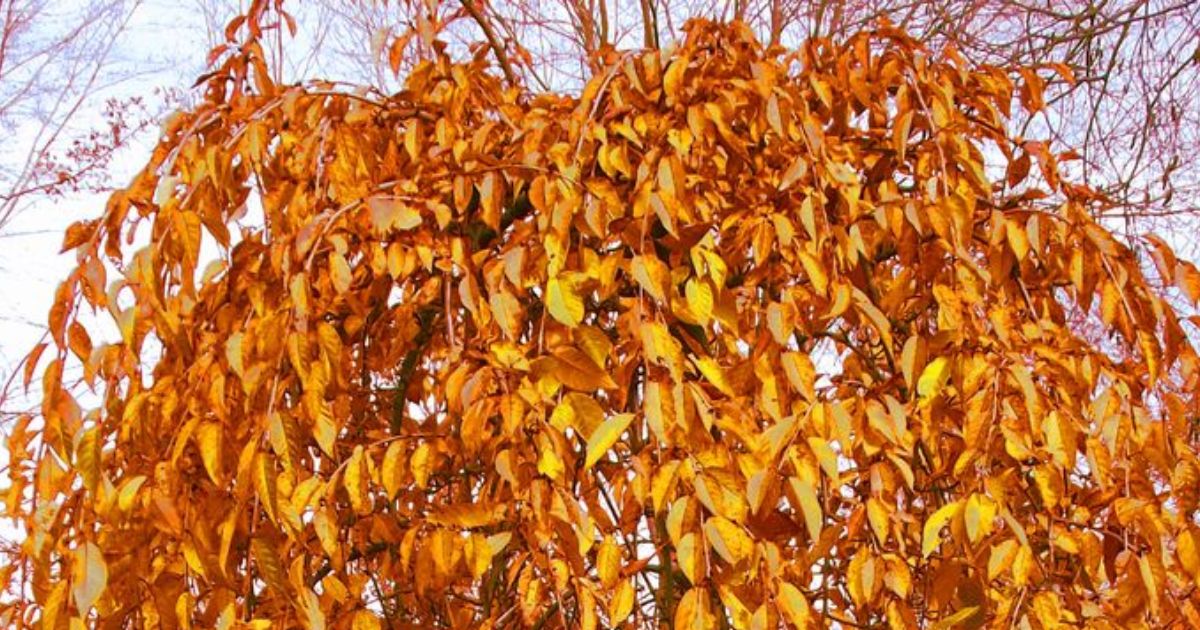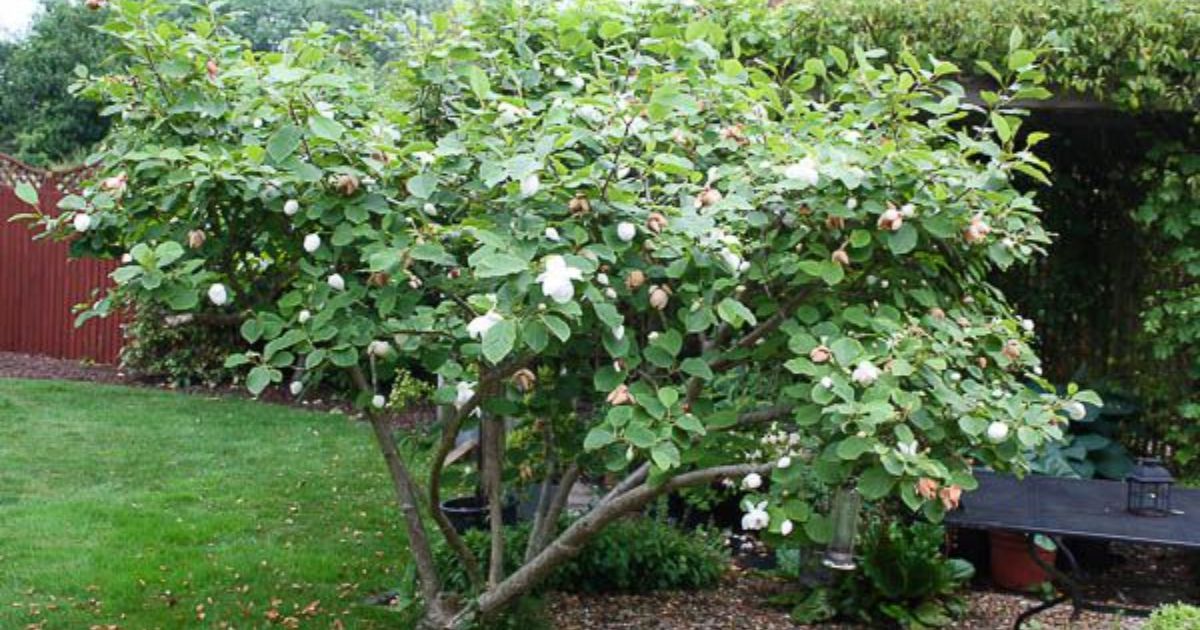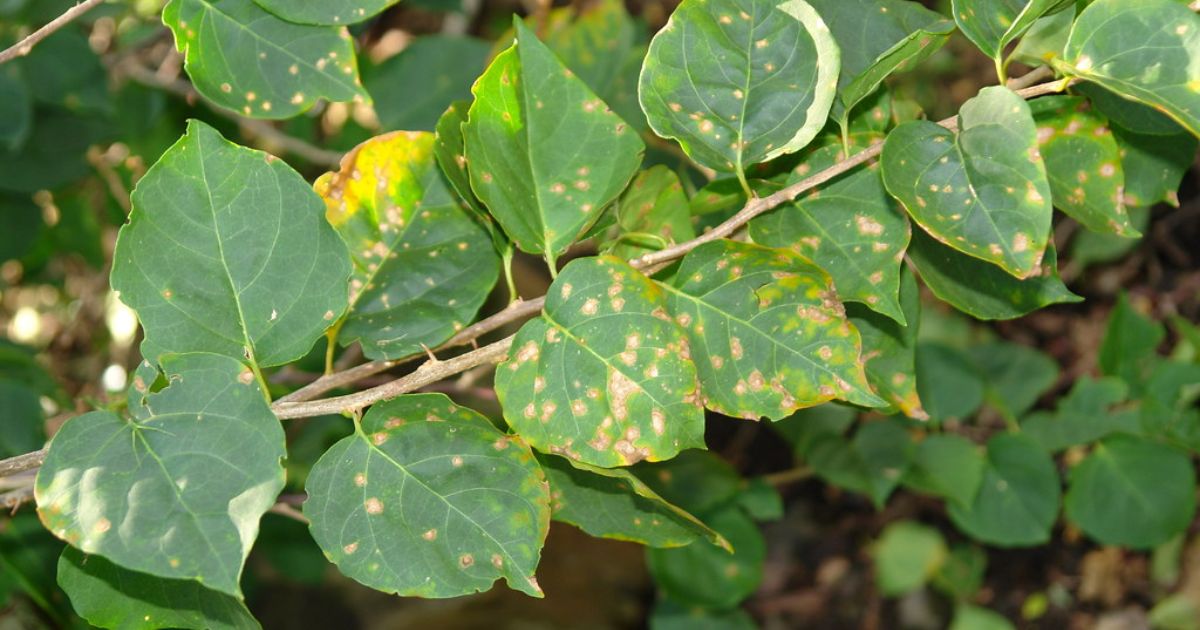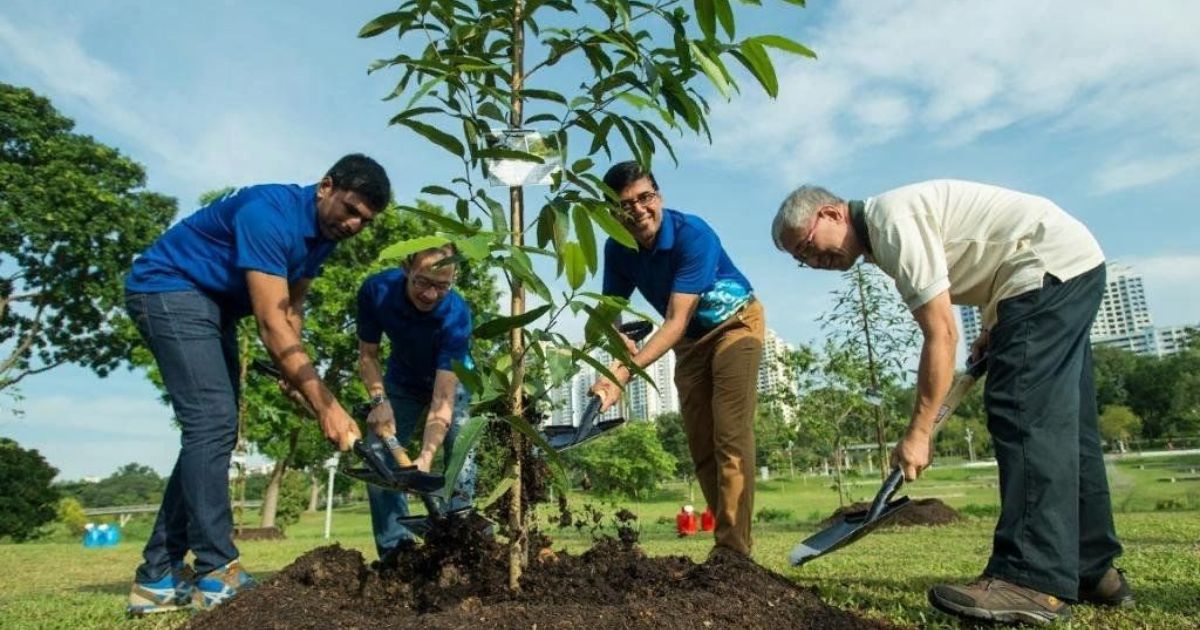Prunus cerasifera, the Purple Leaf Plum tree, is renowned for its stunning deep purple foliage and beautiful spring blooms. Whether planted as a focal point in gardens or as a decorative street tree, it adds charm and color to any landscape. However, like all living plants, Purple Leaf Plums are susceptible to several diseases that can harm their health, appearance, and longevity.Identifying these diseases early is key to preserving the beauty and vitality of the tree. Left untreated, certain conditions can spread quickly, causing severe damage or even killing the tree.
This guide will walk you through the most common diseases that affect Purple Leaf Plum trees, their telltale symptoms, and practical ways to prevent and treat them. Whether you’re a home gardener, landscaper, or tree enthusiast, understanding how to recognize disease signs is a crucial step in ensuring your purple leaf plum tree diseases healthy throughout the year.By learning to spot early symptoms and understanding the causes of disease, you can protect your tree from costly damage and enjoy its vibrant beauty for years to come.
Common Diseases of Purple Leaf Plum Trees
Purple Leaf Plum trees (Prunus cerasifera) are generally hardy, but they can fall victim to a variety of diseases that affect their leaves, branches, and overall health. Knowing the most common diseases helps gardeners identify problems early and take effective action.
Leaf Spot Disease
A fungal disease known as leaf spot causes tiny, round spots on the leaves. The spots, which are frequently encircled by yellow halos, might be reddish, brown, or black. Severe infections may cause early leaf drop if treatment is not received, gradually weakening the tree.
Rust Disease
Rust is characterized by orange, yellow, or rust-colored spots on the leaves. It can cause leaves to curl or fall, and it grows best in damp environments. Early. Rust spreads easily, What is Damping Off Disease and How to Protect Your Seedlings making early detection crucial for prevention.
Black Knot Disease
Black knot affects branches and twigs, forming hard, black, swollen growths known as galls. These galls can girdle branches, restricting nutrient flow and causing dieback. Brown Rot is a fungal disease that spreads through spores, particularly during wet weather.
Powdery Mildew
On leaves, powdery mildew produces a white, powdery layer. Stems and buds. It can cause leaves to twist, curl, or become distorted. While rarely fatal, severe infections can stunt growth and reduce flowering.
Crown Gall Disease
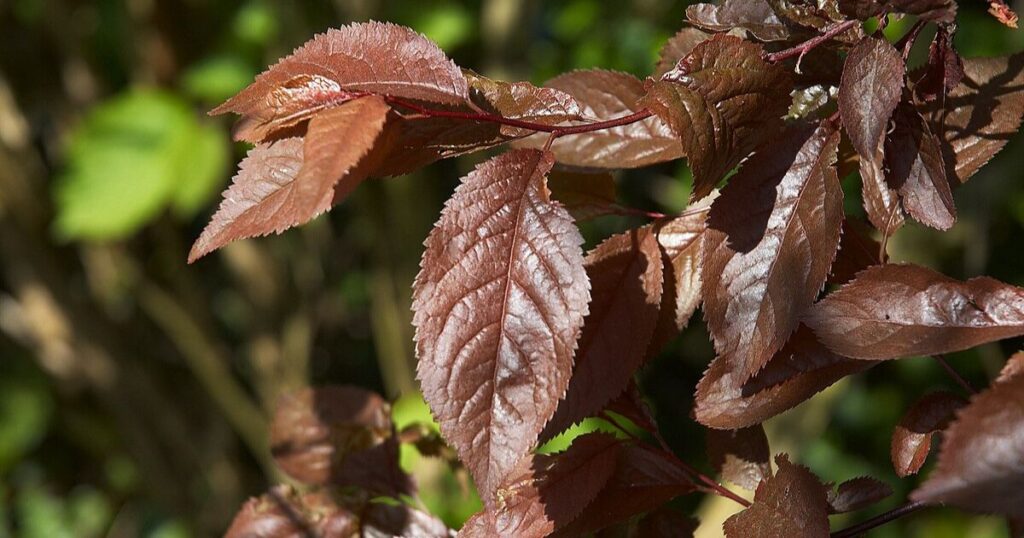
The etiology of crown gall is a bacterial infection that produces tumor-like growths at the base of the trunk or on roots. These galls disrupt nutrient and water flow, leading to poor growth and reduced tree vigor.
Recognizing these common diseases early is essential for maintaining the health and beauty of Purple Leaf Plum trees. In the next section, we’ll provide a detailed identification guide to help you spot symptoms before they become serious.
Detailed Disease Identification Guide
Identifying diseases early is the best way to protect your Purple Leaf Plum tree. This guide explains the symptoms, causes, and key differences for each common disease.
Leaf Spot Disease
- Symptoms: Small, circular spots that are brown, black, or reddish on the leaves. Spots may have yellow halos and can merge into larger blotches. In severe cases, leaves may yellow and fall prematurely.
- Causes: Caused by fungal pathogens such as Cercospora or Blumeriella.
- Identification Tips: Look for irregular spots with defined edges. Leaf drop usually happens in late summer. Wet weather promotes the spread of leaf spot.
Rust Disease
- Symptoms: Bright orange or rust-colored pustules on the underside of leaves. Leaves may curl, yellow, or drop early.
- Causes: Fungal infection, often from the Tranzschelia species.
- Identification Tips: Rust pustules usually form on the undersides of leaves Perennial Canker (Cytospora Canker) and the tops may show pale spots. The presence of rust during moist periods is a strong indicator.
Black Knot Disease
- Symptoms: Hard, black, swollen galls on branches or twigs. Galls develop over time, restricting nutrient flow and leading to branch dieback.
- Causes: Fungus Apiosporina morbosa.
- Identification Tips: Galls are easy to spot, Bacterial Leaf Spot especially in late winter and early spring when leaves are absent. They often form on new growth and can spread year after year if not removed.
Powdery Mildew
- Symptoms: White or gray powdery coating on leaves, buds, and stems. Leaves may twist, curl, or become distorted.
- Causes: Fungal infection caused by Podosphaera tridactyla and other species.
- Identification Tips: Bacterial Canker Unlike leaf spot, Plum Pox Virus (Sharka) powdery mildew appears as a powdery layer rather than spots. Often occurs in warm, dry weather with high humidity.
Crown Gall Disease
- Symptoms: Tumor-like growths or swellings at the base of the trunk, roots, or lower branches. What Are Basil Black Spots and How Can You Eliminate Them? Trees may show poor growth and wilting.
- Causes: Bacterium Agrobacterium tumefaciens.
- Identification Tips: Galls are rough-textured and woody. They develop slowly and are most visible in mature trees.
General Signs of Disease in Purple Leaf Plum Trees
Even if you can’t immediately identify the exact disease affecting your Purple Leaf Plum tree, specific general symptoms can alert you that something is wrong. To prevent the tree from suffering significant harm or dying, early detection is essential.
Leaf Discoloration
Leaves turning yellow, brown, or exhibiting unusual spots could be a sign of fungal or bacterial illnesses. Discoloration may appear as blotches, streaks, or uniform color changes, depending on the disease.
Premature Leaf Drop
While some leaf shedding is normal, especially in autumn, sudden or early leaf drop is often a sign of disease, pest infestation, or environmental stress.
Dieback of Branches
Branch dieback, where the tips of branches turn brown and die, can indicate diseases such as black knot or fungal infections. This usually starts in specific branches before spreading.
Stunted Growth or Sparse Foliage
A diseased tree may grow more slowly than usual and produce fewer leaves or flowers. Sparse foliage can be caused by root problems, nutrient deficiencies, or infection.
Presence of Unusual Growths or Galls
Lumps, knots, or tumor-like growths on branches or the trunk often signal a severe infection such as crown gall or black knot disease.
Wilting or Curling Leaves
Wilting or curling can be caused by a variety of issues, Shot-hole Fungus (Coryneum Blight) including leaf spot disease, powdery mildew, or root damage. If left untreated, this stress can reduce the tree’s vitality.
Recognizing these general signs allows gardeners to take action before a disease spreads widely. The likelihood of saving the tree is significantly increased by early diagnosis and appropriate treatment.
Prevention and Care Tips for Purple Leaf Plum Trees
Disease is less likely to affect healthy trees. How to Make a Christmas Tree Last Longer Proactive care is essential for maintaining the vibrancy and health of your Purple Leaf Plum tree. Here are some effective prevention and care tips:
Regular Inspection
Check your tree at least once a month for signs of disease or pest damage. Early detection is crucial for effective treatment. Look for leaf discoloration, unusual growths, or changes in leaf texture.
Proper Pruning
Prune your Purple Leaf Plum tree annually to increase sunshine penetration and air circulation, both of which inhibit the growth of fungi. Eliminate any overgrown, diseased, or dead branches. To stop infections from spreading, always disinfect pruning implements.
Adequate Watering
Water deeply but infrequently, ideally in the morning. Avoid wetting the leaves, as excess moisture promotes fungal diseases. Mulching around the base helps retain moisture and regulate soil temperature.
Soil Health Management
Ensure your tree grows in well-drained soil with balanced nutrients. Test soil pH regularly and amend if necessary. To encourage healthy development, fertilize during the growing season.
Remove Infected Material
If you spot diseased leaves, branches, or galls, How to Grow Calathea Indoors: Expert Tips for Lush Foliage prune them and dispose of the debris properly. Composting diseased plant matter might spread the illness; therefore, avoid doing so.
Use Fungicides or Organic Remedies
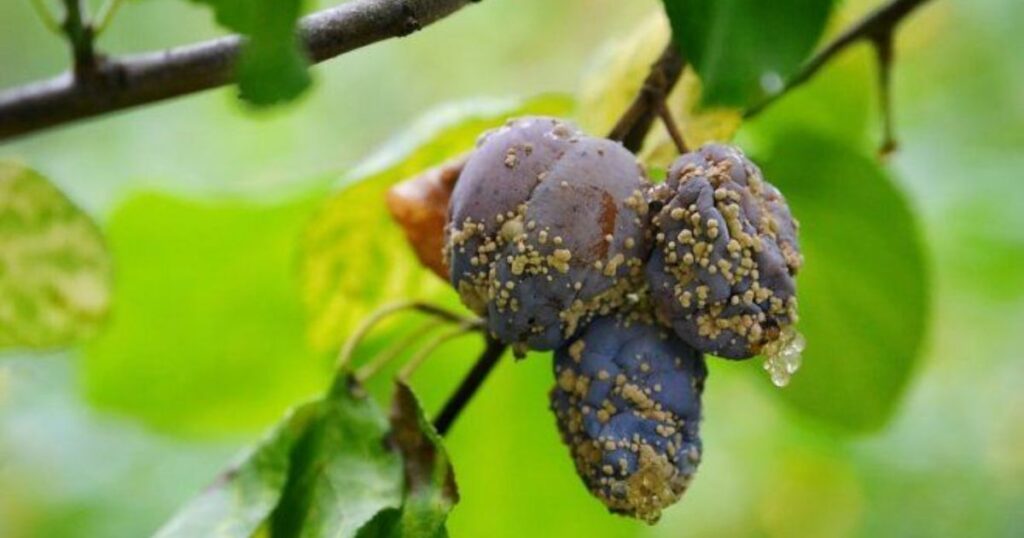
For fungal diseases like leaf spot or powdery mildew, use recommended fungicides or natural remedies such as neem oil. Always follow product instructions for safety and effectiveness.
Avoid Tree Stress
Avoid mechanical damage to the trunk or roots during gardening, and protect the tree from extreme conditions when possible. Stress makes trees more susceptible to diseases.
By following these prevention and care tips, you can drastically lower your chance of getting sick and make sure your Purple Leaf Plum tree remains healthy and beautiful for years to come.
How to Get Rid of Silverleaf Nightshade
Silverleaf nightshade (Solanum elaeagnifolium) is a persistent and invasive weed that is commonly found in gardens, farms, and disturbed soils. It spreads quickly through seeds and underground root systems, making removal challenging. This weed can harm crops and pasture, so controlling it early is essential.
Manual Removal
For small infestations, hand-pulling can be an effective method, especially when the soil is moist and the weeds are young and tender. Wear gloves, as the plant is toxic and can cause skin irritation. Remove the entire root system, as even small root pieces left behind can regrow. Dispose of removed plants properly (do not compost them, as seeds may survive).
Mulching
Thick layers of organic mulch can suppress silverleaf nightshade growth by blocking sunlight. Use wood chips, straw, or other dense mulches around desirable plants to limit weed germination.
Herbicide Treatment
For larger infestations, herbicides are often necessary. Glyphosate-based herbicides or selective broadleaf herbicides are most effective. Apply herbicide directly to leaves or freshly cut stems for better absorption. Multiple treatments may be required, as silverleaf nightshade can regrow from root fragments. Always follow label instructions for safety.
Regular Mowing and Grazing Control
Consistent mowing can prevent the plant from flowering and setting seeds. In pasture areas, controlled grazing by livestock can reduce weed growth; however, overgrazing should be avoided to prevent soil disturbance, which can encourage weed growth.
Improve Soil Health
Silverleaf nightshade thrives in disturbed and poor soils. By adding organic matter, soil health can be improved. Proper fertilization and erosion control can enhance its competitiveness and give desirable plants a competitive advantage.
Monitor and Maintain
Eradication is not instant; regular inspection and follow-up treatments are essential to prevent reestablishment. Early detection is crucial for maintaining control over infestations.
When to Consult a Professional
While many Purple Leaf Plum tree diseases can be addressed at home, in some cases, seeking advice from a qualified arborist or plant health specialist is the safest and best course of action. Your tree can avoid severe damage if you know when to get professional assistance. Damage and ensure a long, healthy life.
Advanced Disease Symptoms
Suppose your tree shows extensive symptoms such as widespread leaf drop, large numbers of galls, significant branch dieback, or severe discoloration. In that case, it may indicate a severe disease that requires professional diagnosis. These cases often require specialized treatment that exceeds basic home care.
Uncertainty About Disease Identification
Sometimes symptoms can be similar for different diseases or pest infestations. If you are unsure about what is affecting your tree, an expert can correctly identify the problem and recommend the best course of action.
Large Trees or Extensive Infestations
When a tree is large or the disease affects a significant portion of the canopy, treatments can be complex and potentially dangerous. Professionals have the right tools, equipment, and expertise to safely treat such cases.
Recurring Disease Problems
If the tree repeatedly shows signs of the same disease despite home treatments, there may be deeper issues such as soil-borne pathogens or structural problems. A professional evaluation can uncover the root cause.
Risk to Surrounding Plants or Property

Diseases that can spread rapidly may threaten other trees, plants, or even property. Consulting a professional early can prevent wider damage and protect your garden or landscape.
Safety Concerns
Suppose treatment requires climbing, the use of heavy equipment, How to Grow and Care For Umbrella Plant: A Comprehensive Guide or the application of hazardous chemicals. In that case, it’s best to rely on trained arborists who can ensure safety while treating the tree effectively.
Seeking professional help ensures that your Purple Leaf Plum tree receives proper diagnosis and treatment, giving it the best chance for recovery and long-term health.
Conclusion
Purple Leaf Plum trees are prized for their striking beauty and vibrant foliage, but they are not immune to diseases. From leaf spot and rust to black knot and powdery mildew, these conditions can affect the tree’s health and appearance if left untreated. Early detection is key; regular inspection and awareness of disease symptoms can make all the difference.Preventive care, such as proper pruning, adequate watering, soil management, Plum Pocket and removing infected material, helps maintain tree health and lowers the chance of illness. When there is a severe infestation or when the diagnosis is unclear, consulting a professional arborist ensures accurate identification and effective treatment.
By understanding how to identify diseases and taking proactive measures, gardeners and tree owners can protect their Purple Leaf Plum trees. This not only preserves the tree’s beauty but also contributes to the long-term vitality of your garden or landscape. Healthy trees mean a healthier environment, enhanced curb appeal, and years of enjoyment.Caring for your Purple Leaf Plum tree is a rewarding effort when you learn to spot problems early and address them wisely. Your tree will flourish season after season.
FAQ
How do I know if my Purple Leaf Plum tree is sick?
Look for signs like leaf discoloration, spots, curling, premature leaf drop, branch dieback, and unusual growths or galls. These are common indicators of disease or stress.
What is the most common disease in Purple Leaf Plum trees?
Leaf spot disease is among the most frequent, caused by fungal pathogens that create brown or black spots on leaves. Rust and black knot diseases are also common concerns.
Can Purple Leaf Plum tree diseases be treated at home?
Yes, many diseases can be managed with proper pruning, soil care, and the use of fungicides or organic treatments. Early detection is essential for effective treatment.
When should I call a professional arborist?
Consult a professional if your tree shows advanced symptoms, if you’re unsure of the diagnosis, if the tree is large or heavily affected, or if the disease recurs despite home care.
How can I prevent diseases in my Purple Leaf Plum tree?
Regular inspection, proper pruning, maintaining soil health, avoiding excessive watering, and promptly removing infected material are effective preventive measures.
Are Purple Leaf Plum tree diseases harmful to humans or pets?
While most diseases affect only the tree, some fungal spores can cause mild irritation to the tree. Additionally, the berries of Purple Leaf Plum trees are toxic if consumed in large quantities, so exercise caution.


